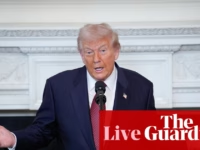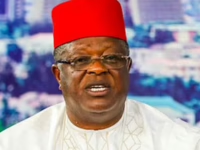Understanding the Credibility Gap: How Leaders Gradually Lose Influence Before Authority
Leadership credibility rarely vanishes overnight amid scandals or crises. Instead, it often diminishes subtly over time, eroding a leader’s influence long before their formal power is challenged.
The Slow Erosion of Trust in Leadership
Contrary to popular belief, leaders don’t always lose their standing due to a single catastrophic event. More frequently, their credibility seeps away through a series of small missteps, inconsistent messaging, or unmet expectations. This gradual decline creates a “credibility gap” – a disconnect between what leaders say and what they actually deliver.
Why Influence Fades Before Authority
Influence is the currency of leadership, often more vital than official titles or positions. When leaders fail to maintain trust, their ability to inspire and guide diminishes, even if their formal authority remains intact. For example, a CEO who repeatedly overpromises on company growth but underdelivers may retain their title but lose the confidence of employees and stakeholders.
Current Trends Highlighting the Credibility Challenge
Recent studies reveal that nearly 60% of employees express skepticism toward their leaders’ transparency and accountability. In an era where information spreads rapidly through social media and internal communication platforms, any inconsistency or perceived dishonesty can quickly widen the credibility gap.
Strategies to Rebuild and Sustain Leadership Credibility
To close this gap, leaders must prioritize authenticity, consistent communication, and follow-through on commitments. For instance, a public official who openly acknowledges mistakes and outlines corrective actions can restore public trust more effectively than one who deflects blame.
Ultimately, maintaining influence requires ongoing effort to align words with actions, fostering a culture of transparency and reliability that withstands challenges and scrutiny.























0 Comments